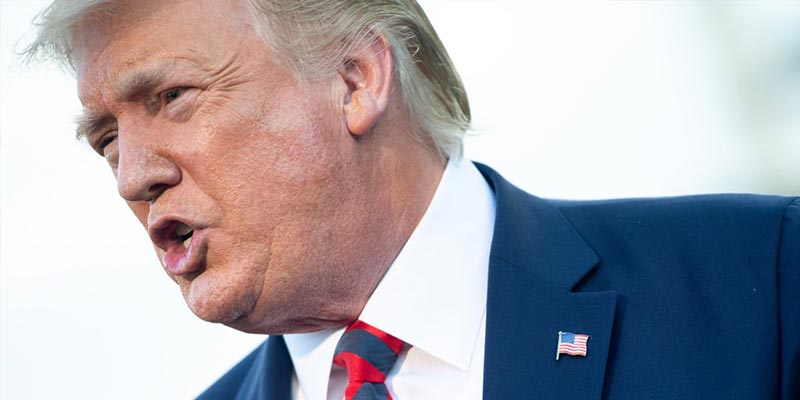- World
- Sep 16
US blames Iran for Saudi refinery attack
US President Donald Trump said that his country was “locked and loaded” for a potential response to the attack on Saudi Arabia’s oil facilities, after a senior US administration official said Iran was to blame.
Trump also authorised the use of the US emergency oil stockpile to ensure stable supplies after the attack, which shut 5 per cent of world production and sent crude prices soaring more than 19 per cent on September 16, before moderating to show a 10 per cent gain.
“There is reason to believe that we know the culprit, are locked and loaded depending on verification, but are waiting to hear from the Kingdom as to who they believe was the cause of this attack, and under what terms we would proceed!” Trump said on Twitter.
Earlier, a senior US official said that evidence from the attack, which hit the world’s biggest oil-processing facility, indicated Iran was behind it, instead of the Yemeni Houthi group that had claimed responsibility.
US Secretary of State Mike Pompeo also said there was no evidence the attack came from Yemen, where a Saudi-led coalition has been battling the Houthis for over four years in a conflict widely seen as a proxy war between Saudi Arabia and Shia Muslim rival Iran.
Iranian Foreign Ministry spokesman Abbas Mousavi dismissed the US allegations that it was responsible was “pointless”. A senior Revolutionary Guards commander warned the Islamic Republic was ready for “full-fledged” war.
“All American bases and their aircraft carriers in a distance of up to 2,000 km around Iran are within the range of our missiles,” the semi-official Tasnim news agency quoted Commander Amirali Hajizadeh as saying.
Tensions between Washington and Tehran were already running high because of a long-running dispute between the two nations over Iran’s nuclear programme that led the US to impose sweeping sanctions.
State oil giant Saudi Aramco said the attack had cut output by 5.7 million barrels per day.
The US official said there were 19 points of impact in the attack on Saudi facilities and evidence showed the launch area was west-northwest of the targets - not south from Yemen.
The official added that Saudi officials indicated they had seen signs that cruise missiles were used in the attack, which is inconsistent with the Iran-aligned Houthi groups’ claim that it conducted the attack with 10 drones.
Riyadh has accused Iran of being behind previous attacks on oil-pumping stations and the Shaybah oil field, charges that Tehran denies. Riyadh also says Tehran arms the Houthis, a charge both deny.
Riyadh said it would compensate for the damage at its facilities by drawing on its stocks, which stood at 188 million barrels in June, according to official data.
The attack came after Trump said a meeting with Iranian President Hassan Rouhani was possible at the UN General Assembly in New York this month. Tehran ruled out talks until sanctions are lifted.
Saudi de facto ruler Crown Prince Mohammed bin Salman told Trump that Riyadh was ready to deal with “terrorist aggression”. A Saudi-led coalition has responded to past Houthi attacks with air strikes on the group’s military sites in Yemen.
The conflict has been in military stalemate for years. The Saudi alliance has air supremacy but has come under scrutiny over civilian deaths and a humanitarian crisis that has left millions facing starvation.

